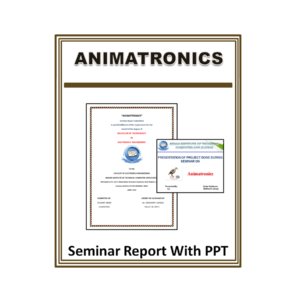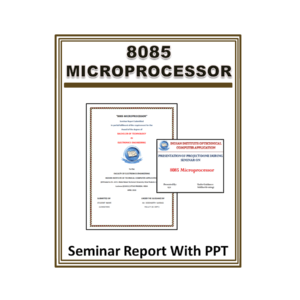Description
Name of Notes : – Semiconductor Optical Communication Components and Devices Lecture Note
Introduction
A semiconductor optical amplifier is an optical amplifier based on a semiconductor gain medium. It is essentially like a laser diode where the end mirrors have been replaced with anti-reflection coatings; a tilted waveguide can be used to further reduce the end reflectivity’s. The signal light is usually sent through a semiconductor single-mode waveguide with transverse dimensions of e.g. 1–2 μm and a length of the order of 0.5–2 mm. The waveguide mode has significant overlap with the active (amplifying) region, which is pumped with an electric current. The injection current creates a certain carrier density in the conduction band, allowing for optical transitions from the conduction band to the valence band. The gain maximum occurs for photon energies slightly above the band gap energy.
In principle, one can also use a semiconductor optical amplifier where the end reflectivity’s are not minimized. One has to operate such a Fabry–Pérot amplifier (FP amplifier) slightly below the laser threshold; in that regime, the output power depends strongly on the input power, i.e., one obtains a high effective signal gain. However, the available optical bandwidth is then very small, and the occurrence of strong reflections may be detrimental to the system in which such a device is used. For these reasons, in most cases one uses traveling-wave amplifiers, where the end reflectivity’s are suppressed as far as possible.
The amplification is intrinsically polarization-sensitive, but amplifier designs have been developed which provide nearly polarization-independent characteristics. For example, one may use two identical amplifiers in series, where the second one is rotated against the first one by 90°. There are also configurations with two parallel amplifiers for the two polarization directions, with polarizing beam splitters before and after these amplifiers. Another possibility is to use a double pass through a single amplifier, where there is a Faraday rotator between the device and the reflecting mirror.
Modules / Lectures
- Module-1 – 41






Reviews
There are no reviews yet